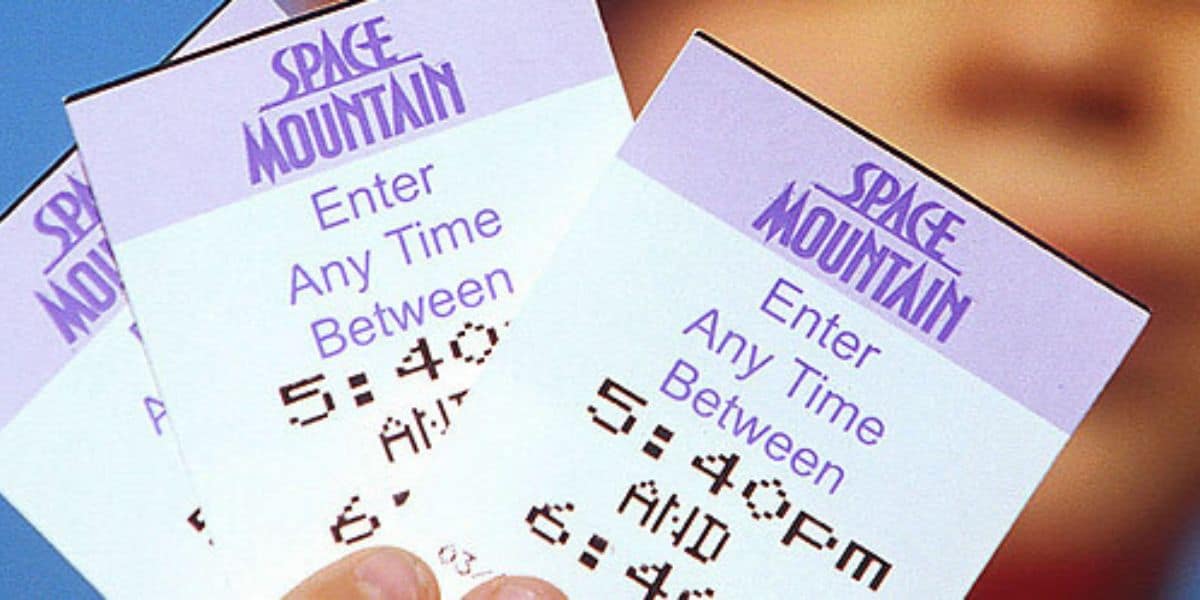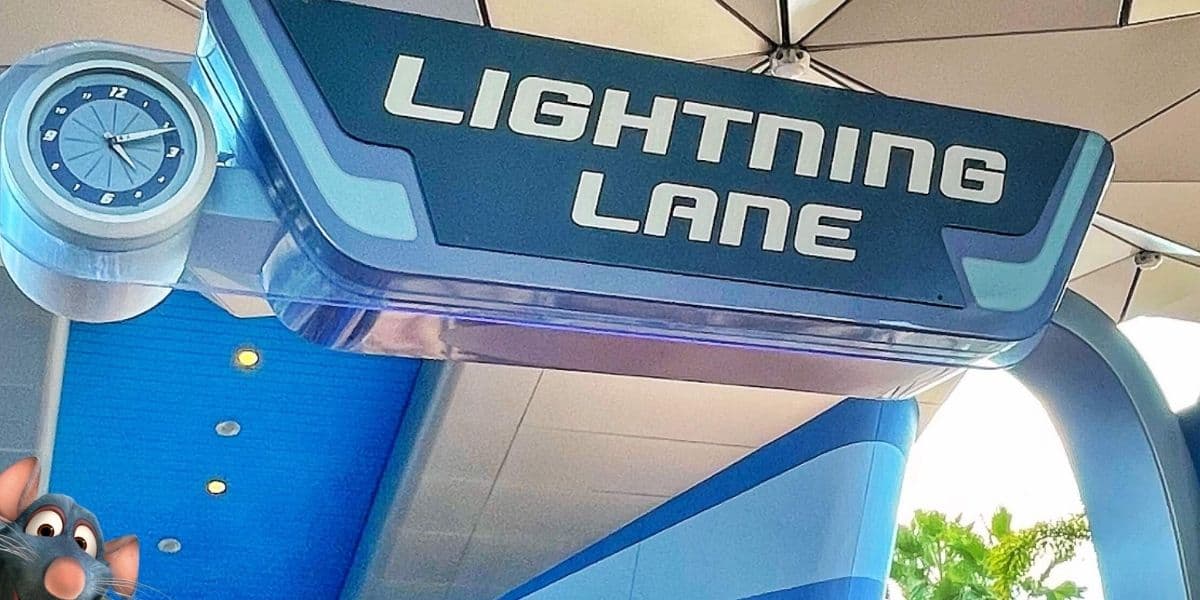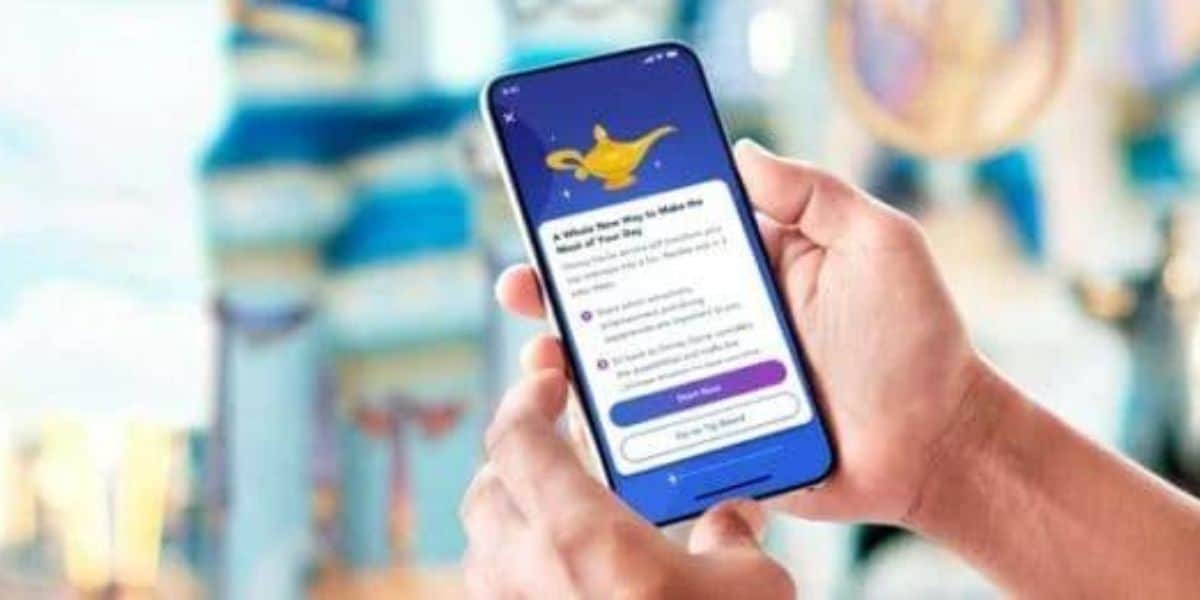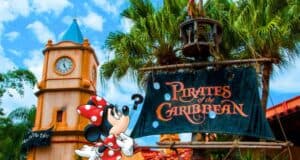
The phrase “ ” has become ubiquitous amongst fans of the Disney Parks, and indeed of in general. When we call something an “,” people know we’re talking about the newest, biggest, most exciting, most thrilling, and most popular attractions. These are the rides that people run to at rope drop, and for which they’ll stand in a two-hour line.
But why do we call them by this name? Wouldn’t the top rides be A instead of E?
The history of this term, though, has nothing to do with a grade-like rating system, but instead is related to the history of pricing and admissions, beginning with ‘s opening in 1955. By looking into this history, we may just be able to foresee a return to this long-lost admissions model based on the business decisions being made by today’s operators of the Disney Parks.
RELATED: Changes Are Coming to 1 Day 1 Park Tickets at
The History of Books
Today, when we go to a , we pay one admission price and that lets us go on any we like, however many times we’d like to do so. There are add-ons – like special events, packages that give priority seating for shows, and so forth – but if you wanted to just buy one and for an entire day, you can do so.
RELATED: Breaking Down Genie, Genie+ and Lightning Lane
When first opened in 1955, though, this wasn’t the case (and not just because didn’t exist yet!). Instead of a one-day admission, you would purchase a with a limited number of that could be used on various attractions, labeled A through E. The last on that list, the “,” were the biggest rides, and thus the books came with the fewest number of those tickets.
According to Sam Gennawey, in The Story: The Unofficial Guide to the Evolution of ‘s Dream, this was not just an economic approach but one that impacted psychology and the Park’s overall crowd management:
At the time the was introduced in October 1955, it was a way to minimize the perception that a visit to meant reaching into your pocket all day. However, the unintended consequence was a system that helped guests to organize their day while maximizing the capacity of the park’s assets. By grouping the attractions into value groups, guests had to ration their experiences. They were subtly forced to slow down.
So what happened to move Disney from the method to universal admission?
Two words: Six Flags.
Universal Admission Arrives
Though may have invented (or at innovated) most things about , when it comes to the pay-one-price ticketing model, it was Six Flags that led the way. According to David Younger in Design & The Art of Themed Entertainment,
Six Flags Over Texas was the first major to utilize POP ticketing, which had the economic advantages of reducing staff costs by making sellers throughout the park and takers at each obsolete, and had the psychological benefit on guests of being of greater perceived value. . . . The system was dramatically successful, with almost all major switching over to POP over the following decades
Seeing the evolution in the industry, Disney did not resist this changing admissions model. As Sam Gennawey explains,
Starting on June 20, 1981, management began to experiment with an “Unlimited Passport” for the general public. . . . The Passport, which cost $10.25, eliminated the need to buy individual tickets. Guests also had the option to purchase a book of eleven tickets for $9.25. The reaction was immediate and positive.
RELATED: The Lightning Lane Trick That Means You Can Do Two Things At Once
However, Gennawey continues, the changes this new model wrought weren’t just limited to economic impact:
The test was a winner for financially, but its implementation would have a significant and possibly unfortunate impact on the way guests would experience the park in the upcoming years. Disney history Jason Schultz suggested that “a new era was unintentionally born.” He opined, “once all rides became included with the cost of admission, people tended to prioritize the bigger, and more thrilling rides-the ones which until recently had cost more.” While guests spent more time on the marquee attractions, they tended to ignore the smaller attractions that gave the park so much of its character. On June 16, 1982, the last was sold, leaving only the Unlimited Passport available to guests.
And that’s how things still stand today as far as Disney Parks ticketing goes.
Or is it?
Are E Tickets Returning?
Though by and large the Disney Parks still follow a universal admissions model, the recent addition of Disney Genie, Genie+, and Lightning Lanes – essentially allowing Guests to pay extra to get to the front of the line on some of the most popular attractions – may be moving Disney, at least in part, back to a pay-as-you-go model akin to the original booths.
For egalitarian-minded Guests, and for those who don’t want to shell out extra money on top of an already pricey admissions , this feels like a questionable tactic to gain more revenue. Is this a new system, except that the E Tickets are now being sold separately?
What’s more, these changes come at the expense of Guests’ experience, ruining the overall cohesive feel of the Parks.
RELATED: The Real Reason Why You Shouldn’t Just Use Disney Genie+ or Lightning Lane at
However, according to legend Eddie Sotto, quoted in Younger’s Design, this last part might not be true, as the old system did have its advantages:
Books gave each a tangible value both to the park management because they could be measured monetarily, and to the because they would have to choose their rides carefully. As a kid, going on an E twice was a big deal because that meant it beat out something else. It was all special and a la carte. No burnout. With private party tickets came the notion of the “All You Can Eat” . Wow! “Unlimited use of all rides and attractions.” Very popular with guests and of course the position of taker eventually was eliminated so it appeared that the was unmanned. You own the park! By the time “Passports” were introduced, the shows became less repeatable as you’d them several times in a visit. Like too much chocolate, it loses its zest. Edit right to the thrill rides six times. Less special, but now it’s a free buffet, and like buffets, who cares what it tastes like when you get this much! Less motivation for the park to promote uptime and capacity as the rides no longer have a revenue attached as they once did.
RELATED: Did Disney Just Trick Us Into Spending More on Park Tickets?
Whether Genie/Genie+/Lightning Lanes are the opening moves in a change to a new kind of system at the Disney Parks is something that only time will tell (especially given ‘s replacement by Bog Iger), but no matter what happens we can only hope that the decisions come from this kind of design- and experience-focused position rather than from purely economic motivations.

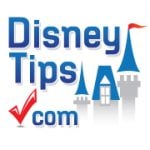 DisneyTips.com Your Guide To A Great Disney Vacation
DisneyTips.com Your Guide To A Great Disney Vacation

